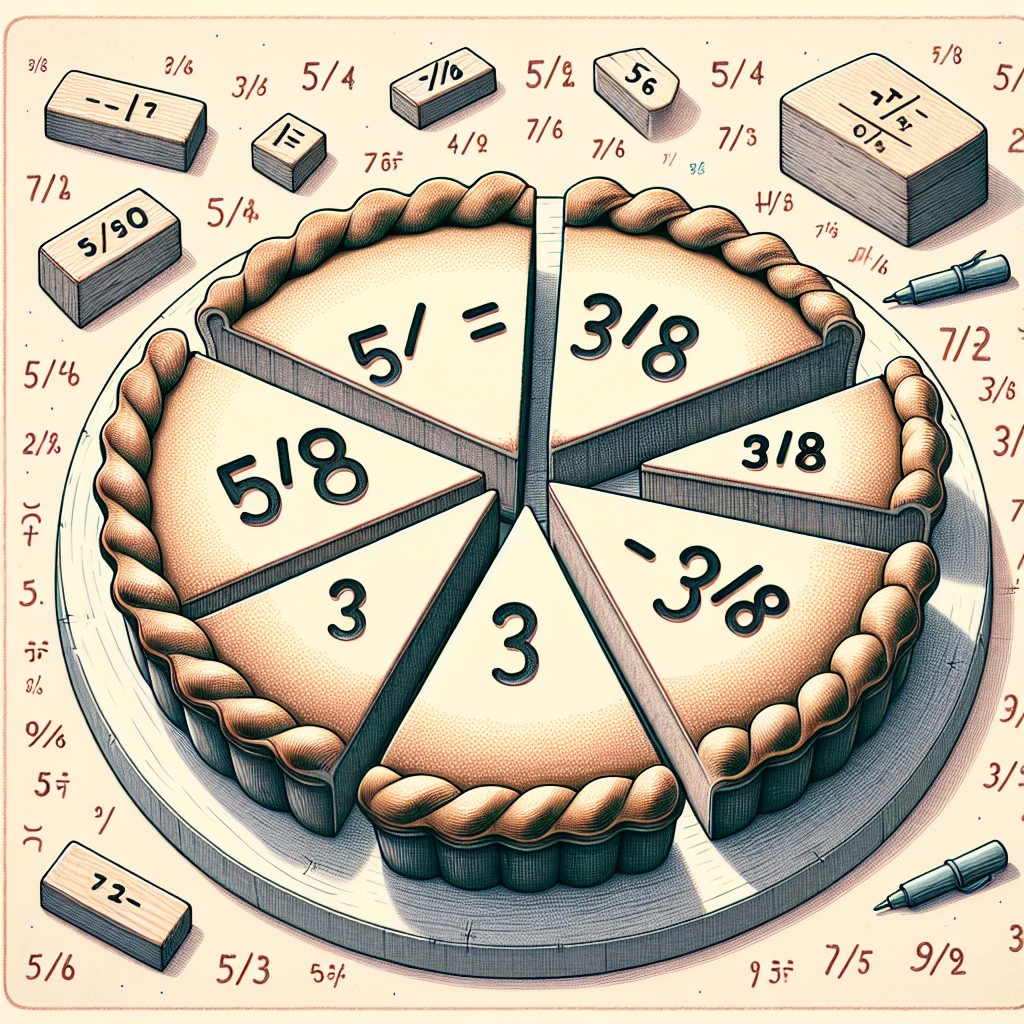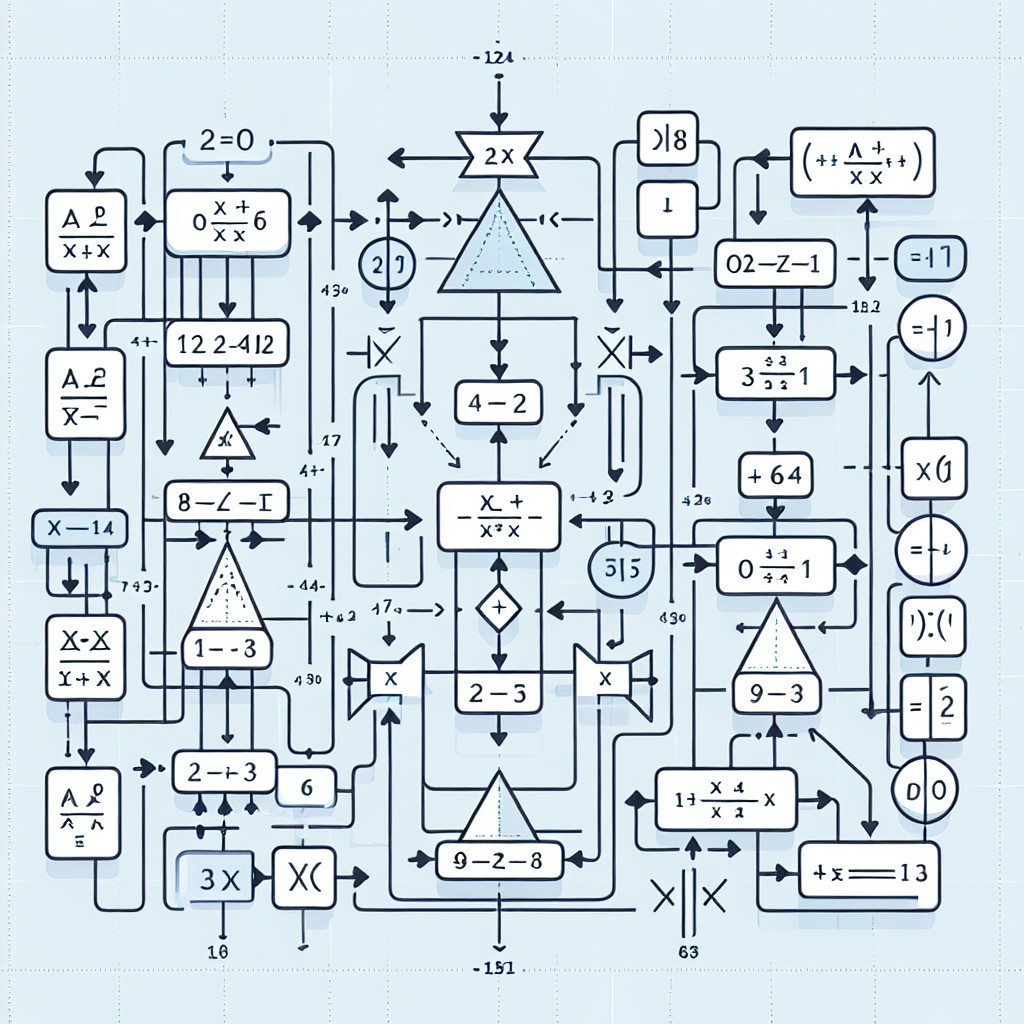Set operations are fundamental concepts in mathematics and computer science that involve manipulating collections of objects. A set is a collection of distinct elements, and set operations allow us to combine, compare, and manipulate sets in various ways. These operations are essential in many areas of mathematics, such as algebra, calculus, and probability theory, as well as in computer science, where they are used in data analysis, database management, and network analysis.
Key Takeaways
- Set operations are used to manipulate and compare sets of data.
- Basic set operations include union, intersection, and complement.
- Union combines two sets into one, while intersection finds the common elements.
- Venn diagrams can be used to visualize set operations.
- Python offers efficient tools for manipulating sets.
Understanding the Basic Set Operations
The basic set operations include union, intersection, difference, and complement. The union of two sets A and B is the set that contains all the elements that are in either A or B (or both). The intersection of two sets A and B is the set that contains all the elements that are common to both A and B. The difference of two sets A and B is the set that contains all the elements that are in A but not in B. The complement of a set A with respect to a universal set U is the set that contains all the elements in U that are not in A.
For example, let’s consider two sets A = {1, 2, 3} and B = {3, 4, 5}. The union of A and B is {1, 2, 3, 4, 5}, as it contains all the elements from both sets. The intersection of A and B is {3}, as it only contains the element that is common to both sets. The difference of A and B is {1, 2}, as it contains the elements that are in A but not in B. The complement of A with respect to the universal set U = {1, 2, 3, 4, 5} is {4, 5}, as it contains all the elements in U that are not in A.
Advanced Set Operations: Union and Intersection
Union and intersection are two of the most important set operations. The union of two sets A and B, denoted by A ∪ B, is the set that contains all the elements that are in either A or B (or both). The intersection of two sets A and B, denoted by A ∩ B, is the set that contains all the elements that are common to both A and B.
For example, let’s consider two sets A = {1, 2, 3} and B = {3, 4, 5}. The union of A and B is {1, 2, 3, 4, 5}, as it contains all the elements from both sets. The intersection of A and B is {3}, as it only contains the element that is common to both sets.
Union and intersection have several properties that make them useful in various applications. For example, the union of two sets is commutative, meaning that A ∪ B = B ∪ A. Similarly, the intersection of two sets is also commutative, meaning that A ∩ B = B ∩ A. Additionally, the union and intersection of sets are associative, meaning that (A ∪ B) ∪ C = A ∪ (B ∪ C) and (A ∩ B) ∩ C = A ∩ (B ∩ C). These properties allow us to manipulate sets efficiently and simplify complex set operations.
Set Operations with Venn Diagrams
| Set Operations with Venn Diagrams | Definition | Example |
|---|---|---|
| Union | The union of two sets is the set of all elements that are in either set. | If A = {1, 2, 3} and B = {3, 4, 5}, then A ∪ B = {1, 2, 3, 4, 5}. |
| Intersection | The intersection of two sets is the set of all elements that are in both sets. | If A = {1, 2, 3} and B = {3, 4, 5}, then A ∩ B = {3}. |
| Complement | The complement of a set is the set of all elements that are not in the set. | If A = {1, 2, 3} and U = {1, 2, 3, 4, 5}, then A’ = {4, 5}. |
| Difference | The difference of two sets is the set of all elements that are in the first set but not in the second set. | If A = {1, 2, 3} and B = {3, 4, 5}, then A – B = {1, 2}. |
| Symmetric Difference | The symmetric difference of two sets is the set of all elements that are in either set but not in both. | If A = {1, 2, 3} and B = {3, 4, 5}, then A △ B = {1, 2, 4, 5}. |
Venn diagrams are graphical representations that can be used to visualize set operations. In a Venn diagram, sets are represented by circles or ovals, and the overlapping regions between the circles represent the elements that are common to multiple sets.
For example, let’s consider two sets A = {1, 2, 3} and B = {3, 4, 5}. In a Venn diagram, we can represent set A as a circle with the elements 1, 2, and 3 inside it, and set B as a circle with the elements 3, 4, and 5 inside it. The overlapping region between the circles represents the element 3, which is common to both sets.
Efficiently Manipulating Sets with Python
Python provides built-in data structures and functions for efficiently manipulating sets. In Python, a set is an unordered collection of unique elements. Sets are represented by curly braces {} or the set() function.
Basic set operations in Python include union, intersection, difference, and complement. The union of two sets can be obtained using the union() method or the | operator. The intersection of two sets can be obtained using the intersection() method or the & operator. The difference of two sets can be obtained using the difference() method or the – operator. The complement of a set can be obtained using the difference() method with a universal set.
For example, let’s consider two sets A = {1, 2, 3} and B = {3, 4, 5}. In Python, we can perform set operations as follows:
“`python
A = {1, 2, 3}
B = {3, 4, 5}
union = A.union(B) # or union = A | B
intersection = A.intersection(B) # or intersection = A & B
difference = A.difference(B) # or difference = A – B
complement = {1, 2}.difference(A) # or complement = {1, 2} – A
print(union) # Output: {1, 2, 3, 4, 5}
print(intersection) # Output: {3}
print(difference) # Output: {1, 2}
print(complement) # Output: {1, 2}
“`
Python sets also support advanced set operations such as symmetric difference, subset, superset, and disjoint. The symmetric difference of two sets can be obtained using the symmetric_difference() method or the ^ operator. The subset and superset relationships between two sets can be checked using the issubset() and issuperset() methods. Two sets are disjoint if their intersection is an empty set, which can be checked using the isdisjoint() method.
Set Operations in Real-Life Applications

Set operations have numerous applications in real-life scenarios. In data analysis, set operations are used to manipulate and analyze datasets. For example, in market segmentation, set operations can be used to identify common characteristics among different customer segments. In database management, set operations are used to query and manipulate data stored in databases. For example, set operations can be used to retrieve all the customers who have purchased a specific product.
In network analysis, set operations are used to analyze relationships between entities in a network. For example, set operations can be used to identify common connections between individuals in a social network. Set operations are also used in information retrieval systems to perform searches and retrieve relevant documents based on user queries.
Tips for Mastering Set Operations
To master set operations, it is important to understand the definitions and properties of basic and advanced set operations. Practice solving problems and exercises that involve set operations to improve your skills. Visualize set operations using Venn diagrams or other graphical representations to gain a better understanding of how sets interact with each other.
There are many resources available for learning set operations, including textbooks, online courses, and tutorials. Take advantage of these resources to deepen your knowledge and understanding of set operations. Additionally, seek out opportunities to apply set operations in real-life scenarios to further enhance your skills.
Common Set Operation Mistakes to Avoid
When performing set operations, it is important to be aware of common mistakes that can lead to incorrect results. One common mistake is forgetting to remove duplicate elements when creating a set. Sets are collections of distinct elements, so duplicate elements are automatically removed. However, if duplicates are not removed, it can lead to incorrect results in set operations.
Another common mistake is misunderstanding the properties of set operations. For example, some people mistakenly believe that the union of two sets is the same as the concatenation of the two sets. However, the union of two sets only includes unique elements, while concatenation includes all elements, including duplicates.
To avoid these and other common mistakes, double-check your inputs and outputs when performing set operations. Make sure you understand the properties and definitions of set operations to ensure accurate results.
Practice Exercises for Set Operations
To improve your skills in set operations, it is important to practice solving problems and exercises that involve set operations. Here are some examples of practice exercises:
1. Given two sets A = {1, 2, 3} and B = {3, 4, 5}, find the union, intersection, difference, and complement of A and B.
2. Create a Venn diagram to represent the sets A = {1, 2, 3} and B = {3, 4, 5}. Use the Venn diagram to find the union and intersection of A and B.
3. Write a Python program that takes two sets as input and returns their union, intersection, difference, and complement.
4. Given three sets A = {1, 2, 3}, B = {3, 4, 5}, and C = {5, 6, 7}, find the union and intersection of (A ∪ B) ∩ C.
5. Write a Python program that takes a list of sets as input and returns their union, intersection, and difference.
By practicing these exercises, you will become more comfortable and proficient in performing set operations.
Becoming a Set Operations Pro
Set operations are fundamental concepts in mathematics and computer science that are used in various applications. By understanding the definitions and properties of set operations, visualizing them using Venn diagrams, and practicing solving problems and exercises, you can become a set operations pro. Mastering set operations will enhance your problem-solving skills and enable you to efficiently manipulate and analyze sets in real-life scenarios. So, take the time to study and practice set operations, and soon you’ll be a pro at manipulating sets!

